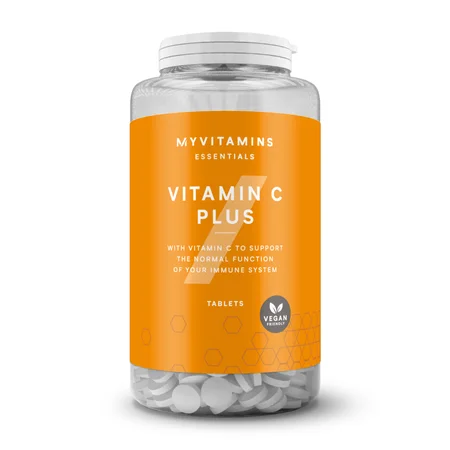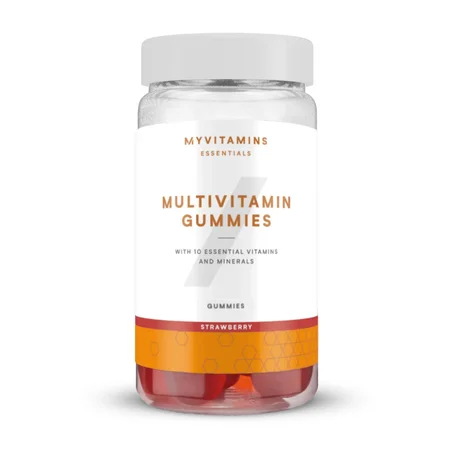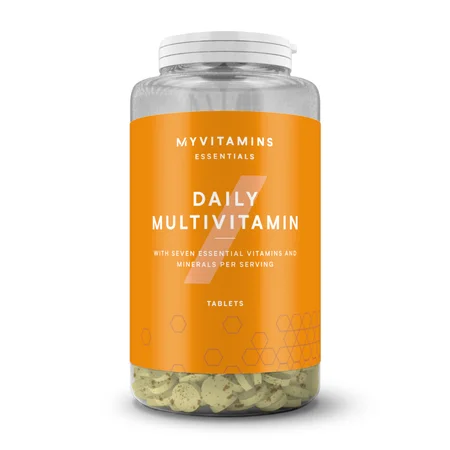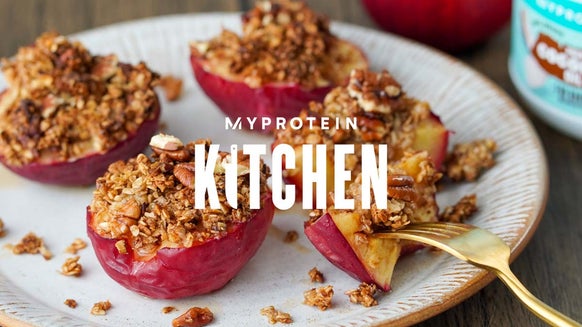How To Eat More Fruit & Vegetables
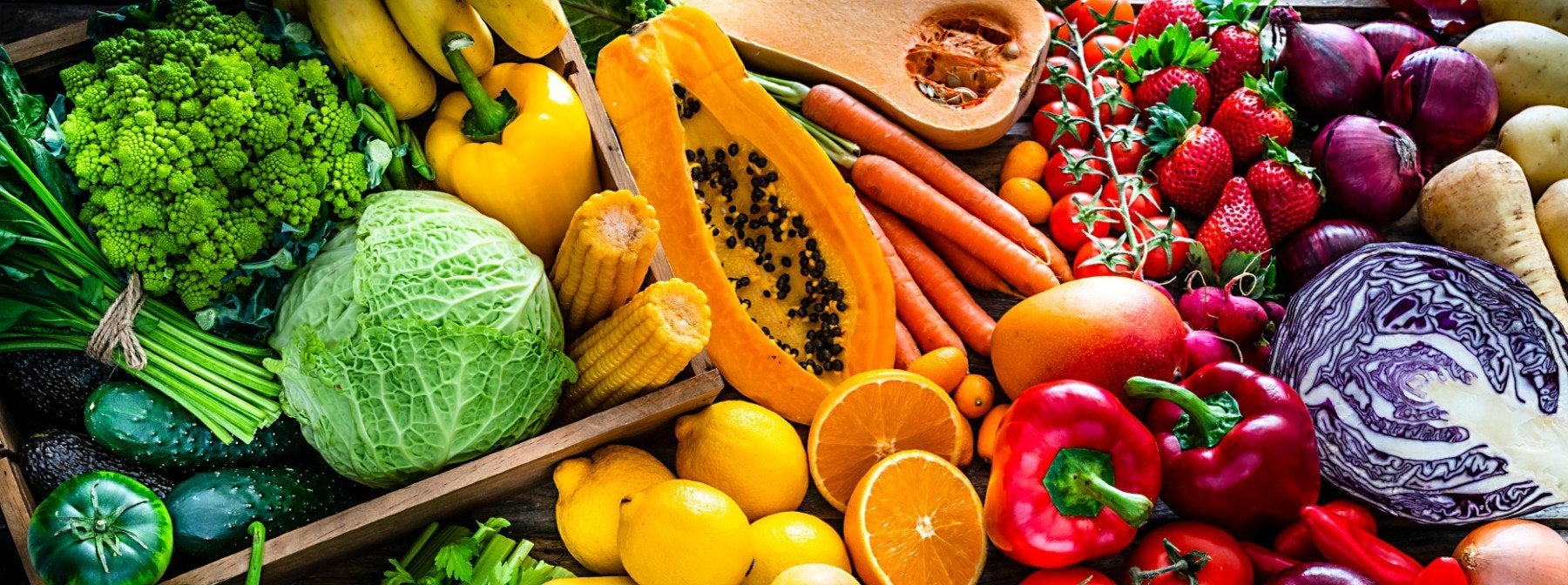
Science may be ever-changing, but there’s no hiding the fact that fruit and vegetables are an important addition to our diets. From reducing our risk of heart disease to helping fight certain signs of ageing, eating the rainbow is important to help achieve a balanced diet.
Although 5-a-day is the phrase that comes to mind when thinking about the number of portions of fruit and veg that we should be targeting each day, there’s theory behind increasing this to 7-a-day.
No matter whether you’re aiming for 5, 7 or even 10 portions per day, we’ve got some handy tricks and tips up our sleeves which are easy to implement around the craziness that life throws at us.

Breakfast
Start your day with a splash of colour by drinking one portion in a 150ml glass of fruit juice.
Be wary of drinking more as although fruit juice contains natural sugars, the fruit has been blended to release the sugars in a from that is known as ‘free sugar’.
Free sugars affect our teeth more than sugars still contained within their cell walls, such as the sugar within an intact kiwi fruit.
There are several ways to incorporate fruit or veg into your breakfast without eating the food on its own. Here are some examples:
- Grate a carrot into your regular bowl of protein oats to make carrot cake proats. You could even try this with apple or courgette.
Focus your English breakfast around vegetables rather than the sausages or bacon. Aim for a minimum of 80g of tomatoes but just taking the time to prepare your veg rather than skipping it is one step of the way to eating more fruit and veg.
- Swap your weekend hash browns for a recipe that uses sweet potato. Not only will they make an addition of colour to your plate, one portion of sweet potato will count towards your 5-a-day.
Add fruit or veg to your cereal, whether it’s dried, frozen, or fresh.
Lunch
If a sandwich is your go-to lunch then why not roast and slice some vegetables to add to your peri peri chicken ‘wich?
Or if a salad is more your thing to meet your macro targets, make sure you’re hitting 80g portions of each vegetable rather than your usual 20g here and 40g there.
You might also like to add a small smoothie to your lunch if you haven’t had a fruit juice or smoothie in the morning.
Dinner
Have fun with the variety of colour on your plate by steaming or defrosting a portion or two of veg to serve alongside your macaroni cheese. Better yet, take the lead and add the veg into your macaroni cheese. If you're not a fan of the taste or texture, you coul add blended veg to a tomatoey pasta sauce. Not only will people be in awe of the hidden vegetables, you’ll also get in a serving of veg without thinking about it.
Instead of serving the roast lamb as the Sunday dinner, why not make a vegetable your dinner centrepiece? Roasted cauliflower is trending and it’s trending for a reason!
But if this cruciferous veg doesn’t take your fancy, try roasting a butternut squash in the autumn or courgettes in the summer for a lighter dish.
If you’re not ready to take the attention away from your protein source, why not stuff a vegetable with your choice of meat or grain? Stuffed roasted peppers are a great choice here.
Snacks
Although we’re talking about ways to increase your fruit and veg intake, don’t forget that legumes count towards your 5-a-day!
This means that humus is not only a tasty snack that’s high in protein, but it also contributes to your 5-a-day. To make this even better you can dip in roasted red pepper or carrots to provide more micronutrients and bulk up your snack.
Of course, there’s also the usual addition of a fruit or veg in its plain form, such as crudités or a piece of fruit. If you’re uninspired to eat the food on its own, try adding some nut butter or nuts to make your snack more exciting.
Dessert
Fruit is often deemed as a sweet food but sometimes it doesn’t tickle our taste buds, particularly when cake is on our minds.
Next time you feel like a slice of lemon drizzle cake, poach a pear or fill an apple with dried fruit and nuts and bake for a delicious dessert that counts towards one whole portion of fruit. The sweetness of the fruit will intensify and you’ll be eating a baked product.
Although one slice won’t necessarily provide you with a whole portion of fruit or veg, cakes and bakes that incorporate fruit and veg do help to increase your intake.
Banana bread, courgette cake, upside down pineapple cake all provide a small serving of fruit or vegetables to help increase your intake. Just watch your intake as these foods are also high in sugar.
Take Home Message
Now there’s no need to eat 18 bananas a day. Bear in mind that if you eat two portions of the same fruit or vegetable, only one portion counts towards your 5-a-day.
However, 18 bananas would contribute to eating more fruit and vegetables daily rather than just 1 banana as your entire intake of fruit all day.
Your fruit and veg portions can be fresh, frozen, tinned or dried. As long as you eat enough to count towards one portion, there’s no restriction on how or when you eat your fruit and veg. Remember that one portion of dried fruit is about 30g, whereas fresh fruit or veg should weigh approximately 80g.
READ THIS NEXT:

10 Basic Yoga Exercises For Beginners | Yoga Made Easy
Roll out your yoga mat and discover the benefits yoga has to offer.

4-Ingredient Foolproof Banana Protein Pancakes (& 5 More Protein Pancake Recipes)
These are foolproof even for a rookie cook.

